
Influencer Marketing
What is influencer marketing: An influencer strategy guide for 2025
Learn about the evolving world of influencer marketing in this guide from understanding the types of influencers to crafting effective strategies.
Want to see how Sprout Social’s Influencer Marketing solution simplifies campaign management? Get a demo and discover how to drive more impact with stronger creator partnerships and streamlined, end-to-end execution.
Reading time 15 minutes
Published on April 14, 2025

Table of Contents
Summary
- Influencer marketing has evolved significantly over the past decade. It's expanded beyond celebrities to include social media influencers who foster authentic connections and influence purchase decisions and brand reputation.
- Understanding the types of influencers, from mega to nano along with brand fit, is crucial for brands to choose the right partners. The types of influencers you choose to partner with will determine the reach, engagement and ROI you get.
- Common influencer marketing mistakes to avoid include failing to define clear goals and expectations, prioritizing follower-count over engagement, neglecting influencer research and sharing unclear briefs.
Influencer marketing has become a cornerstone of successful social strategies. According to The 2024 Influencer Marketing Report, almost all consumers (86%) make a purchase inspired by an influencer at least once a year.
Gone are the days when influencer marketing was solely the domain of celebrities and early bloggers. Today, a vast ecosystem of creators and influencers thrives across many social platforms. While follower counts vary, their power lies in the ability to cultivate authentic connections and drive culture within niche communities, directly impacting brand engagement and driving tangible revenue.
A well-defined and strategic approach to influencer marketing is paramount for brands to break through the noise across organic and paid channels. This guide provides actionable insights to build an effective influencer marketing strategy, highlights common pitfalls to avoid and offers guidance on how to find the right influencers to amplify your brand’s message in today’s dynamic environment.
Download the 2024 Influencer Marketing Benchmarks Report
What is influencer marketing?
Influencer marketing is a social media marketing approach that uses endorsements and product mentions from influencers. These individuals have a dedicated social following and are viewed as experts within their niche.
Influencer marketing works because of the high trust social influencers have built with their following over time. Recommendations from these influencers serve as a form of social proof to your brand’s potential customers.
As brands build their creator programs, they often look into different partnership models. Understanding the strategic differences between affiliate marketing vs. influencer marketing is key to deciding whether to prioritize immediate sales or long-term brand credibility, among other benefits.
Also consider whether your goals are better suited for traditional influencers or if they would be more aligned with the authority and credibility of key opinion leaders.
Types of influencers: By size and reach
Partnering with an influencer with millions of followers might sound like a dream come true, but they may not be the best fit for your brand.
Some social media influencers have large, broad audiences spanning across several demographics. Others boast smaller but more targeted and engaged communities.
Knowing what each type of influencer can offer you in terms of reach, range, cost and engagement is key to choosing the right ones for your brand.
Let’s take a deeper look at the various types of influencers out there:
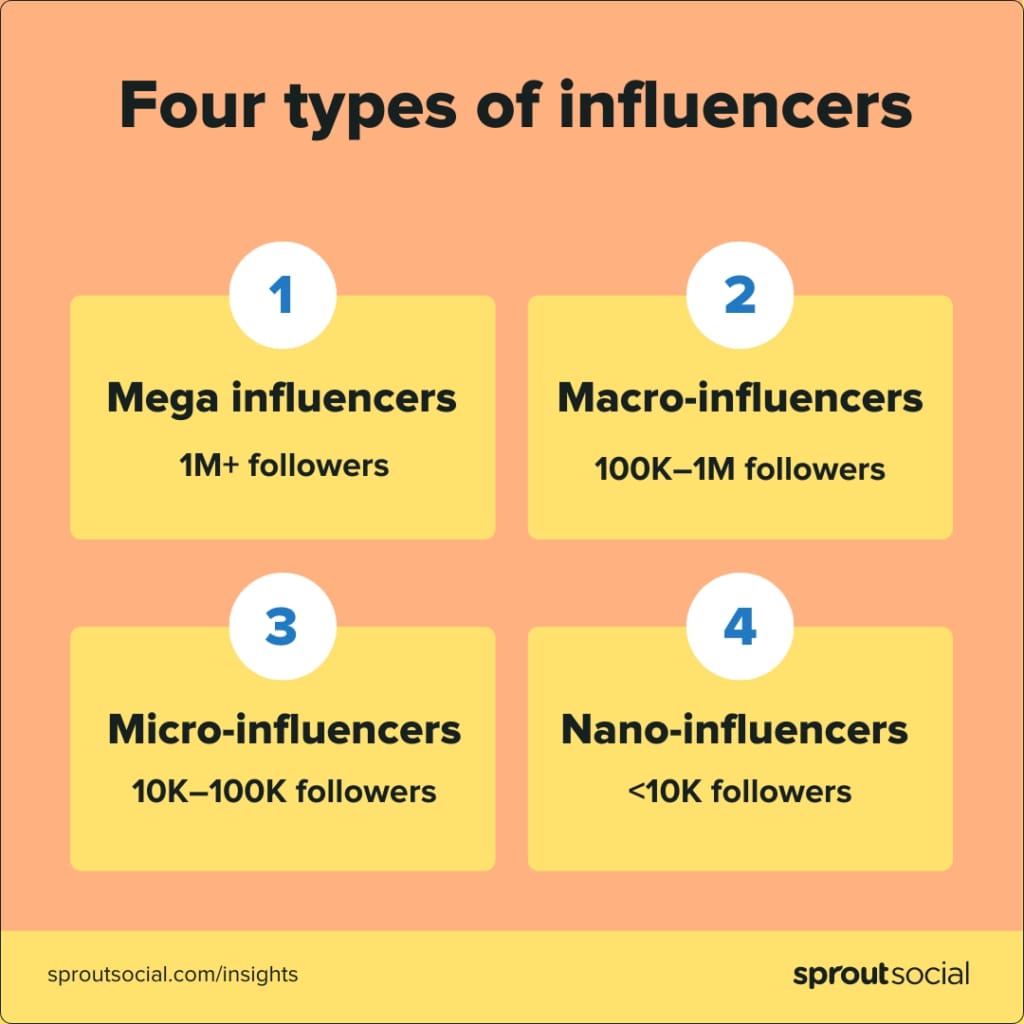
Mega or celebrity influencers
These influencers have a massive following of over 1 million and often include famous actors, musicians, athletes and other public figures. Their celebrity status allows them to captivate a diverse audience, making them ideal for large-scale brand awareness campaigns. Think: Cristiano Ronaldo.
Mega influencers can give your brand unparalleled exposure, but partnering with them can be incredibly expensive. Plus, since their audience is often broad, their engagement rates may not be as high as influencers with smaller, more niche followings.
Here are some businesses that might benefit from working with mega influencers:
- Large enterprise corporations that have the budget and resources
- Brands targeting a broad audience with varying characteristics
- Luxury or high-end brands that want to create a sense of exclusivity
Macro-influencers
With a following that typically ranges from 100,000 to 1 million, macro-influencers are established personalities within their respective niches.
These influencers have earned their reputation through consistent content creation and engagement over time, and are now thought leaders in their niche.
Macro-influencers offer a more targeted approach compared to celebrities, as their followers usually share common interests. Collaborating with macro-influencers can provide your brand with substantial reach, but it may still be relatively costly depending on your budget.
Here are some examples of brands that might work with macro-influencers:
- Startups seeking rapid exposure, growth and credibility (e.g., Canva)
- Nonprofit organizations looking to raise funds and awareness
- Hotels and airlines targeting a specific but large audience
Micro-influencers
With 10,000 to 100,000 highly engaged followers, micro-influencers are the rising stars of influencer marketing. These influencers typically have a strong presence on specific platforms, like Instagram, YouTube and TikTok.
Marketers love working with micro-influencers as they captivate a niche, passionate audience with their creative content, relatable recommendations and genuine interactions. They’re also more affordable than larger influencers.
Nano-influencers
Nano-influencers have between 1,000 to 10,000 followers. These influencers often have a strong connection with their audience, thanks to the close-knit community they’ve built and their personable content.
While they offer a smaller reach, nano-influencers can be excellent partners for businesses who want to target specific communities and demographics without breaking the bank. In fact, per the latest Influencer Marketing Hub data, 44% of brands prefer to partner with nano influencers in 2024, compared to 39% in 2023.

There are many reasons for this, namely, since nano-influencers work on a small scale, they dedicate more time and effort to individual partnerships. This means more tailored content for your brand and personal relationships within niche communities. They are perfect for businesses such as:
- Local businesses targeting specific communities, cities or regions
- Small businesses with limited budgets that want to run cost-effective campaigns
- Artisan, home-based or speciality food businesses reaching a niche audience interested in their one-of-a-kind products
Why use influencer marketing?
Influencer marketing can be an incredibly powerful marketing tool for you, and brands are already using it to their advantage, as these influencer marketing examples show.
According to The 2024 Influencer Marketing Report, almost half of all consumers (49%) make purchases at least once a month because of influencer posts. Not surprisingly, the influencer marketing industry is expected to reach a record high of U.S. $33 billion in 2025, according to Statista.
Here are more reasons why you should add influencers to your marketing mix.
Increased brand awareness
Collaborating with an influencer draws a wider audience to your brand. By featuring your brand in their content, influencers introduce it to new audiences who may not have been familiar with it. Also, the trust influencers hold with their followers enhances your brand’s reputation and credibility and boosts market awareness.
Precise audience targeting
Influencer marketing helps brands with precise audience targeting by connecting brands to influencers whose followers align with the brand’s target demographic. This ensures their message reaches the right audience and is delivered from a perspective that resonates with the audience, making the campaign more effective.
Higher conversions
Social proof is a powerful factor in the likelihood of making a purchase after seeing an influencer campaign, because it helps sway undecided consumers in your favor. Similarly, influencers often share interactive content such as giveaways, challenges and live sessions that drive engagement and prompt actions like making purchases or signing up for deals. They also share exclusive discount codes or special offers making it easy to track conversions directly linked to their promotion.
Building trust and authenticity with your audience
Influencers build trust with their followers by sharing personal experiences and opinions that resonate with their audience, making them more relatable. They further increase their credibility by being open about brand partnerships and only promoting products they genuinely support.
Plus, their seemingly unscripted content contrasts with traditional advertisements, making it sound authentic and spontaneous, which fosters personal connection with followers. This trust is further reinforced by how they respond to comments, making their audiences feel valued and heard, thus strengthening the bond. All this combined, helps influencers drive higher conversion rates for brands.
How to create an influencer marketing strategy in 5 steps
While Instagram influencer marketing is a well-known strategy, other platforms like TikTok, Facebook, YouTube and Snapchat resonate increasingly well with different demographics.
Like any marketing tactic, an influencer program takes thoughtful planning. Here are key factors to consider while developing your influencer marketing strategy.
1. Find influencers and understand their payment structure
Finding the right influencer for your brand is the first step to building a successful influencer marketing strategy. You must invest time in market research to understand your audience’s preferences and choose the right platform to engage them with an influencer collaboration.
This is especially important because each network caters to a specific audience. For example, beauty and fashion brands shine on Instagram and YouTube, while the video game industry dominates Twitch.
Here are some factors to consider when searching for influencers:
- Does the influencer already post about similar topics related to your service?
- Are they honest and unbiased? Scroll through their feed and click through posts. A poor engagement ratio to follower count and spam-like comments are signs of a fake account or fake followers.
- Have they worked with similar brands before? Depending on what type of influencer you’re looking for, a seasoned one will be able to show you a press kit that contains a portfolio of their work.
Social listening is an important strategy to understand your audience’s wants and needs before you pursue an influencer partnership.
And once you have a grasp on what will resonate with your audience, using an AI-powered platform like Sprout Social Influencer Marketing can further your research. A dedicated influencer marketing platform like Sprout gives you access to a database of influencers you can quickly search (and get creator suggestions) with the help of AI, along with tools like a brand fit score and brand safety vetting to help you identify topically relevant influencers who align with your brand and audience.
Then, you can narrow down your pool of influencers based on the type you want, and plan for their pricing. Whether it’s celebrities with massive followings or micro-influencers with less than 2,000 followers, do your due diligence because that will determine your budget.
Compensation varies based on platform, influencer types and types of influencer collaborations, so think about the expected ROI of your social influencer marketing campaign. How will you measure the impact of influencer posts on your overall marketing goals? For instance, compare how you would budget for a video production firm creating an ad versus an influencer creating a video.
2. Set a budget and management strategy
The next step is to create an influencer marketing budget.
Use an influencer marketing budgeting template to manage your expenses and strategically allocate resources to high-value partnerships. Be sure to account for the time needed to plan, execute and review your influencer program because, unlike automated ad strategies, influencers often juggle multiple partnerships, requiring a more hands-on approach from you. Don’t forget that a key part of managing a budget is understanding what influencers charge, which is often standardized in an influencer rate card.
If your budget allows, consider establishing an ambassador program to diversify and enrich your content. Similar to Fujifilm, which uses ambassadors for new product launches and to highlight new product features.
Whether you engage an influencer marketing agency or not, investing in an all-in-one influencer marketing platform is a good idea, helping you sift through suitable influencers, manage pricing negotiations and review and approve content.
3. Decide on campaign goals and messaging
To ensure your influencer strategy succeeds, focus on your campaign’s goals and needs. Determine whether you want to reach a new demographic, introduce a new product or highlight your brand values through influencers. Also, explore influencer trends to see what’s resonating in your industry.
Your message is as crucial as your goal. And since influencers target specific audiences, refining your campaign messaging is important for effective content.
Influencer content is typically more conversational and personal, which helps differentiate it from brand-driven or sales-oriented posts. But while it’s important to preserve an influencer’s creativity and uniqueness, ensure their content aligns with your brand values.
4. Establish influencer outreach: How to contact influencers
Your outreach will depend on the type of influencer you’ve chosen. For example, celebrities and macro influencers often work through agencies, so you might have to connect with an agency to reach them. Some may also list their contact information for business inquiries in their bio and have a website that denotes brand partnerships.
For example, Summer Rayne Oakes has a multi-channel presence, which is a perk for her brand partners.
For micro-influencers, you can reach out directly in a private message via their social network, or use a unified platform like Sprout Influencer Marketing to reach out to influencers from within a single interface.
5. Review and refine your strategy
After you’ve hired an influencer and partnered with them on a campaign, it’s important to refine and review your strategy so you’ll be more successful with each campaign going forward. Having predetermined milestones where you’ll measure progress can prove very helpful in this.
While these tips serve as a guide to help you craft a well-planned strategy, it’s crucial to be aware of common mistakes to avoid in influencer marketing. We’ll dive into those, next.
As you review and refine your strategy, a key component to consider is effective influencer relationship management to turn successful campaigns into long-term partnerships.
Influencer marketing mistakes to avoid
Influencer marketing can be highly rewarding—if done right. Sidestep these potential pitfalls to ensure smooth influencer collaborations and successful campaign outcomes.
Failing to define clear goals and KPIs
First things first, know why you’re doing this in the first place. Partnering with an influencer is a big deal—you need to be clear about the purpose and goals of your campaign.
Here are a few ways setting goals in advance can help you:
- Choose the right influencers: Defining goals helps you identify the specific characteristics and qualities you need in an influencer to achieve those outcomes. For example, if your goal is to increase brand awareness, which are key metrics for measuring social media amplification, you can find influencers who have a strong presence and reach within your niche.
- Define and measure success: What does success mean to you? Is it the number of impressions, post engagement or the amount of traffic coming to your website? Define which KPIs and metrics to track both during and after the campaign to assess how well your influencer campaign is performing.
- Keep everyone on track: Setting clear goals ensures that both the brand and the influencer are working towards a common purpose. This facilitates effective communication and constructive feedback, saving everyone’s valuable time.
- Hold influencers accountable: Establishing clear expectations and performance benchmarks makes influencers feel responsible. They know the results they need to provide and will focus on creating content that aligns with those goals.
- Disclosing partnerships to your audience: FTC influencer guidelines requires disclosures for brand partnerships for maintaining transparency and building audience trust. Understanding these guidelines helps brands and influencers stay on the right side of the rules.
Prioritizing follower count over engagement
A large following doesn’t always mean high engagement. It’s entirely possible an influencer has millions of passive followers but very low engagement.
Instead, partner with influencers with an engaged and loyal audience. A handful of people who trust the influencer are more valuable to your brand than thousands of indifferent followers unlikely to convert.
Look at the influencer’s engagement metrics, comments and interactions, as well as past results for other brands to gauge their level of influence and likeability.
Neglecting to research the influencer
Choosing the wrong influencers, including fake influencers, can cost your business valuable time and money.
An easy fix is to properly research the influencer of your choice, before signing a partnership. Vet influencers and evaluate their influencer media kit to ensure they share your vision and complement your brand’s personality.
Here are key considerations when researching influencers:
- Topical alignment and engagement: Look at the topics an influencer discusses often, the influencer’s engagement rate, the tone of voice they use and the type of content they create. You want the voice, tone and topics an influencer discusses to match that of your target audience.
- Authenticity and influence: Forced partnerships can appear insincere and hurt both your campaign and brand image. Collaborate with influencers who genuinely love your brand and products. Their followers trust them for a reason, and you don't want your brand to get in the way of their (and your) credibility.
- Experience with branded content: Has the influencer worked with other brands in the past? Have they ever worked with your competitors? Carefully scrutinize their content to spot any red flags and gauge the value they can provide.
- Brand safety: Feel confident the creators and influencers you choose to partner with align with your brand values and won’t create content that could harm your relationship with your audience. Your brand, and your audience, want to feel good about the partnerships you pursue.
- Audience demographics: Study the influencer's followers to ensure your campaign reaches the right audience. Analyze factors like age, gender and, location and interests (e.g., Millennials who identify as women) to determine if they're likely to become your customers.
Writing poorly constructed briefs
Crafting well-structured briefs is key to maximizing your influencer marketing campaigns. A good social media campaign brief equips influencers with the details and resources they need to represent your brand effectively, without being overly restrictive.
Here’s a quick rundown on what to include in your brief:
- What is the main goal of your campaign? What are you hoping to achieve?
- What is your company’s background? What is your brand and what product/s are you selling?
- What are your product’s key benefits, features and differentiators?
- Who is your target audience? Include an audience persona if you have one.
- What does your budget look like for this campaign?
- Do you have a timeline in mind?
- Do you want the influencer to use your brand assets? Provide them with your logo, colors and fonts if necessary.
Don’t forget to inform influencers of any words or ideas to avoid in their content. For example, if you’re an eco-friendly brand, let the influencer know that sustainability is a core value and they should avoid using plastic and other such products in their content.
Restricting the influencer’s creative freedom
While comprehensive briefs are important, there’s such a thing as too much information.
Avoid going overboard with your guidelines. You don’t need to dictate the influencer’s exact words or actions. Doing so can stifle the influencer’s creative freedom, resulting in content that looks scripted and inauthentic.
Some brands also make the mistake of micro-managing every aspect of the content creation process. For example, you don’t need to vet multiple drafts just before they go live.
Remember, influencers are the experts in creating content their audience loves and trusts. Your brand just needs to support them with resources they need to create great content for effective influencer marketing.
Not setting expectations upfront
Establishing clear expectations beforehand enables a smooth, productive collaboration. The result? A successful campaign aligned with your goals.
Make sure you agree on the following items in advance:
- Timeline and deliverables: Clearly outline the campaign timeline, including start and end dates, as well as any deadlines for content submission and publication. Also, specify the required deliverables, such as the number of posts, stories or videos the influencer needs to create.
- Payment and terms: Agree on the payment structure, whether it’s a one-time fee, ongoing retainer or performance-based compensation. Discuss the payment schedule and any additional terms, such as bonuses for exceptional performance or penalties for missed deadlines.
Focusing on the wrong metrics
Influencer marketing can offer more benefits to your business than merely boosting sales. Fixating only on conversions and revenue data can mislead brands into thinking their campaigns are not working.
Here are some other metrics to consider when measuring the impact of your campaigns:
- Engagement metrics: Evaluate likes, comments, and shares to understand content resonance and audience interaction.
- Brand awareness metrics: Measure views, clicks and website traffic to gauge campaign reach and audience interest.
- Follower growth: Track new followers to determine influencer impact on brand visibility and audience expansion.
- Inbound leads: Track the number of inquiries and messages your brand gets to analyze the campaign’s impact on inbound lead generation.
How to track influencer marketing campaigns
There are a few ways to measure the success of your campaign.
For example, you can use native analytics in your social networks to track the performance of your influencer posts. When paired with campaign tags or elements like a specific hashtag, like #SproutPartner, you can keep a pulse on the content your influencers create and interact with.
But to understand the full impact of your influencer campaigns, an influencer marketing platform like Sprout with robust reporting is essential. With Sprout Influencer Marketing, you can confidently measure and report on the ROI of your influencer marketing strategy alongside other organic social channels.

Detailed metrics and reports enable you to:
- Summarize campaign performance: Auto-populate campaign performance data into a holistic report that you can edit to glean deeper insights.
- Build reports to fit your needs: Get access to a templated library of reports, or start from scratch and customize your own.
- Track links to understand campaign value: Use affiliate links with UTMs or pixels so you can track campaign content through conversion.
- Gather business intelligence to drive decisions: Monitor your target audiences across multiple platforms, understand engagement across networks and get valuable insights to optimize your brand’s influencer and social strategy.

With your influencer marketing strategy taking shape, the right platform can make all the difference in execution and measurement; our comprehensive buyer’s guide can help you choose the best influencer marketing platform to execute your campaigns.
Create a successful influencer marketing strategy for your brand
It’s clear—influencers are the new wave in marketing. However, the influencer marketing world is constantly evolving, and in five years may be drastically different from today.
While working with influencers has unique considerations, setting up a campaign is the same as most marketing campaigns: research, set a budget, determine goals, find your influencers and review and revise. Once you’ve got a hold of the rhythm, creating different influencer marketing campaigns to meet your brand’s various needs will become second nature.
Explore influencers in your niche and learn how to use Sprout Social Influencer Marketing to facilitate influencer marketing campaigns from start to finish.
Influencer Marketing FAQs
What are the 3 R’s of influencer marketing?
The three R’s in influencer marketing strategy are relevance, reach and resonance.
- Reach alludes to the number of followers the influencer has and the people they can potentially reach with their content.
- Relevance is how well the influencer’s content aligns with your brand voice, target audience and marketing goals.
- Resonance is the level of meaningful interactions and connections the influencer’s content creates with their followers, which translates to greater audience loyalty.
What is the best strategy for influencer marketing?
An influencer marketing strategy needs meticulous planning. Here are five things you need to keep in mind to ace it.
- Find influencers and understand their payment structure
- Set a budget and management strategy
- Decide on campaign goals and messaging
- Establish influencer outreach process
- Review and refine your strategy
What do social media influencers do?
Social media influencers collaborate with brands to promote products or services to their followers through sponsored posts, product reviews and endorsements. In doing so, they help shape consumer opinions and purchasing decisions.
Additional resources for Influencer Marketing
YouTube influencer marketing guide to boosting brand awareness
How to find TikTok influencers who drive real ROI
Creator storefronts in 2026: How enterprise brands are democratizing influencer ROI
Your Pinterest influencer marketing blueprint
The complete guide to TikTok influencer marketing
Why B2B influencer marketing needs to be part of your strategy
The secret to influencer relationship management success
Smart strategies for Facebook affiliate marketing in 2025
Top 16 influencer marketing platforms for your 2025 campaigns
12 top influencer analytics tools to boost your campaign ROI
7-week influencer marketing strategy template
Micro-influencer marketing: What it is and how to do it right
How to leverage nanoinfluencers to increase engagement and ROI
The rise of virtual influencers: are they here to stay?
Top Australian Instagram influencers to watch in 2025
12 types of influencers that are reshaping digital marketing
The benefits of influencer marketing (+ what the C-Suite cares about)
Affiliate marketing vs. influencer marketing in 2025
25 powerful Australian beauty influencers for your brand
Top fitness influencers for Australian brands
25 Australian food influencers to elevate your marketing in 2025
Top fashion influencers in Australia: 28 creators brands should know
25 Australian TikTok creators brands should know in 2025
6 effective influencer marketing examples in Australia (& why they work)
The ultimate guide to Instagram influencer marketing in 2025
Influencer rate card tips for smarter campaign planning
What is influencer seeding? A guide for influencer marketers
A step-by-step guide to the influencer vetting process
How to find influencers for your brand’s marketing campaign
What is influencer marketing: An influencer strategy guide for 2025
IRL takeovers: Influencers are reshaping live brand activations and events
The complete list of UK Instagram trends for brands and businesses
The ultimate playbook to build a Snapchat influencer marketing strategy
Influencer marketing statistics for Australia 2025
29 influencer marketing statistics to guide your brand’s strategy in 2025
How to create an influencer contract (plus template)
11 best influencer marketing tools you need in 2025
Guide to affiliate influencer marketing: Boost your brand and bottom line
Social media collaboration: A complete guide to successful partnership
What makes a great influencer brand pitch: How brands can better collaborate with influencers
How to create effective TikTok branded content (for brands and creators)
Use this framework for maximizing influencer marketing ROI
Influencer outreach: The 5-step strategy guide
FTC influencer guidelines, explained: Tips for engaging influencers
Authenticity in influencer marketing: How to find authentic influencers
How to hire an influencer: A guide for successful partnerships
Influencer marketing glossary: Terms you need to know
Facebook influencer marketing fundamentals: What you need to know
5 influencer marketing KPIs to measure your next campaign
AI influencer marketing: Enhancing your campaigns with AI tools
Niche marketing: How brands can use influencers to reach niche pockets of the internet
Influencer management strategies: building successful brand partnerships
29 Top TikTok influencers to check out in 2025
How to start a brand ambassador program from scratch
How to negotiate influencer rates so that everybody wins
Craft the perfect pitch: 7 influencer outreach email and DM templates
Leading LinkedIn influencers for your marketing strategy
How to use Instagram broadcast channels to support creator partnerships
Influencer pricing: how much influencers really cost
Influencer marketing trends across industries
Influencer relationships (with consumers & brands) are evolving—what does that mean for marketers?
24 Top YouTube influencers to check out in 2025
Rethinking the influencer-brand relationship
10 metrics to track influencer marketing success in 2024
7 examples of influencer marketing campaigns
The ultimate guide to evaluating influencer media kits
The rise of senior influencers: Age is just a number but follower count isn’t
Digital creators vs. influencers: What’s the difference?
What are fake influencers and how can you spot them?
Influencer Marketing Ain’t Easy: 5 Client Questions to Answer Before They Ask









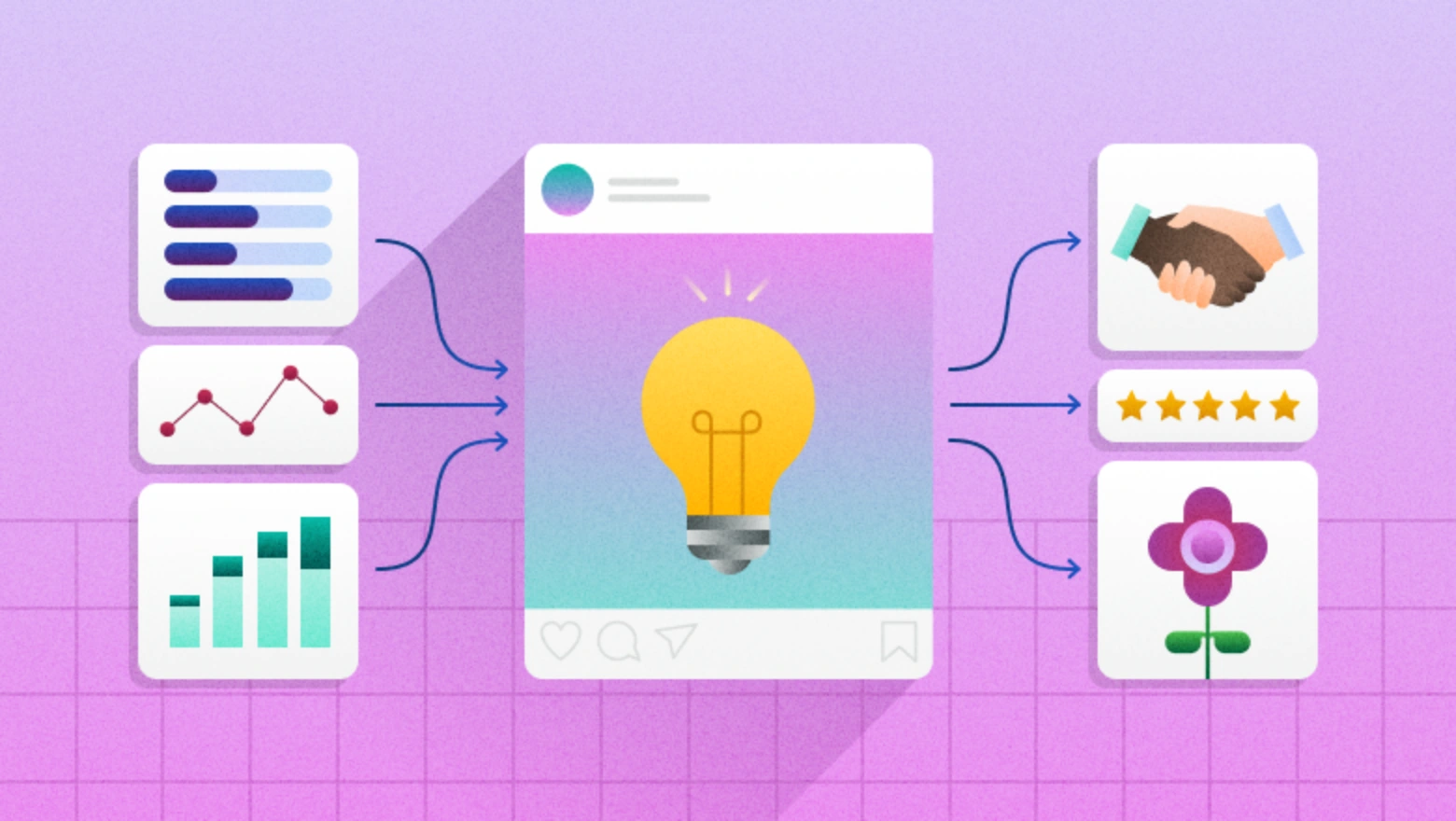








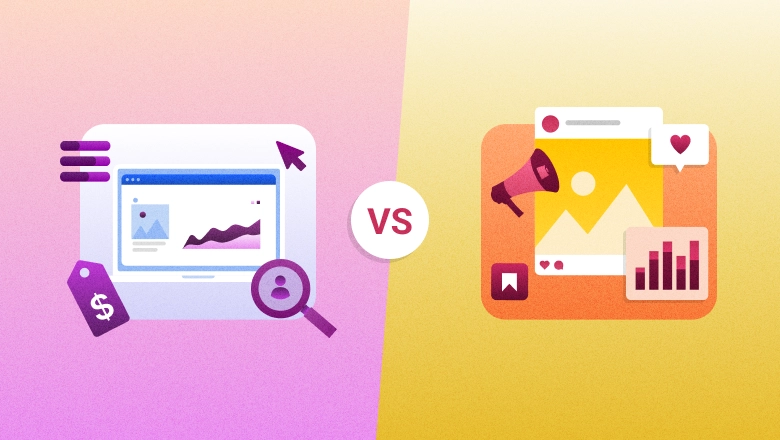







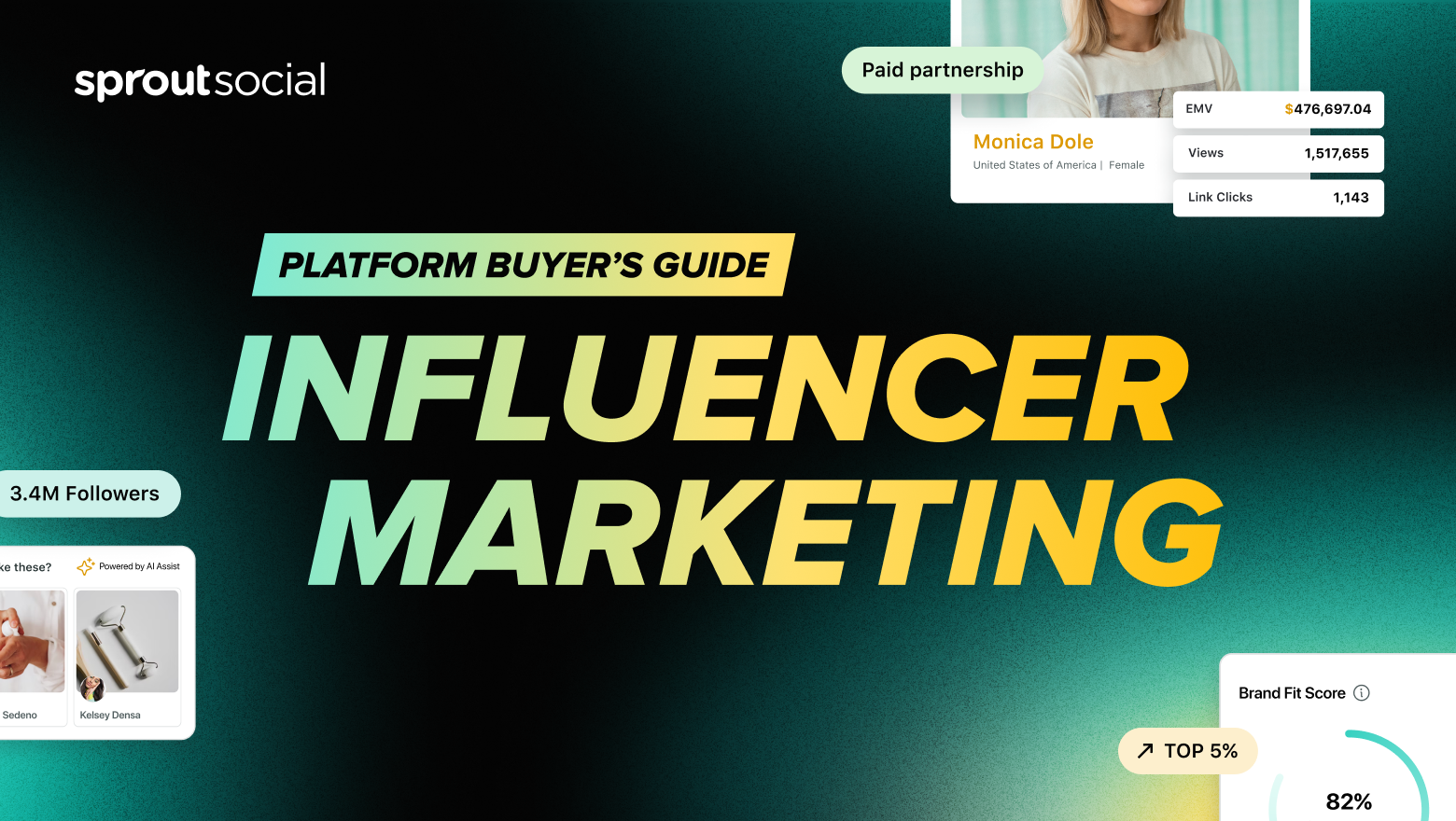


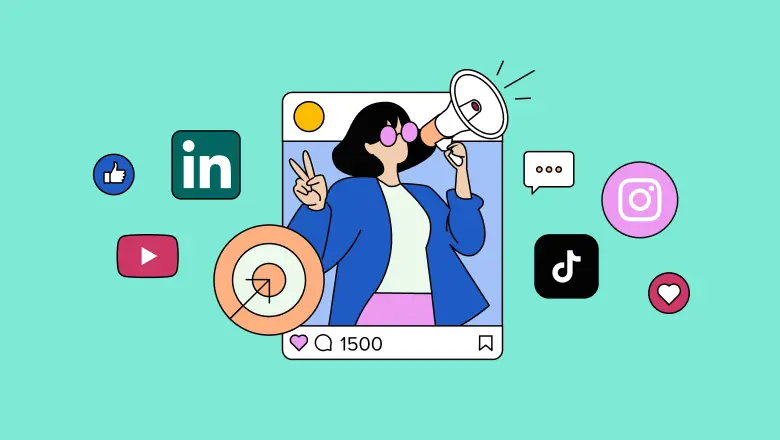
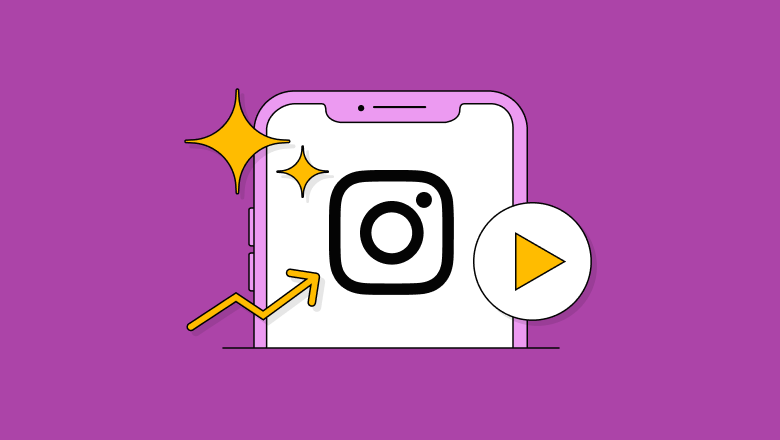






























Share